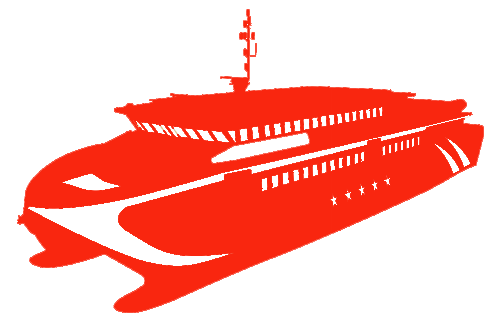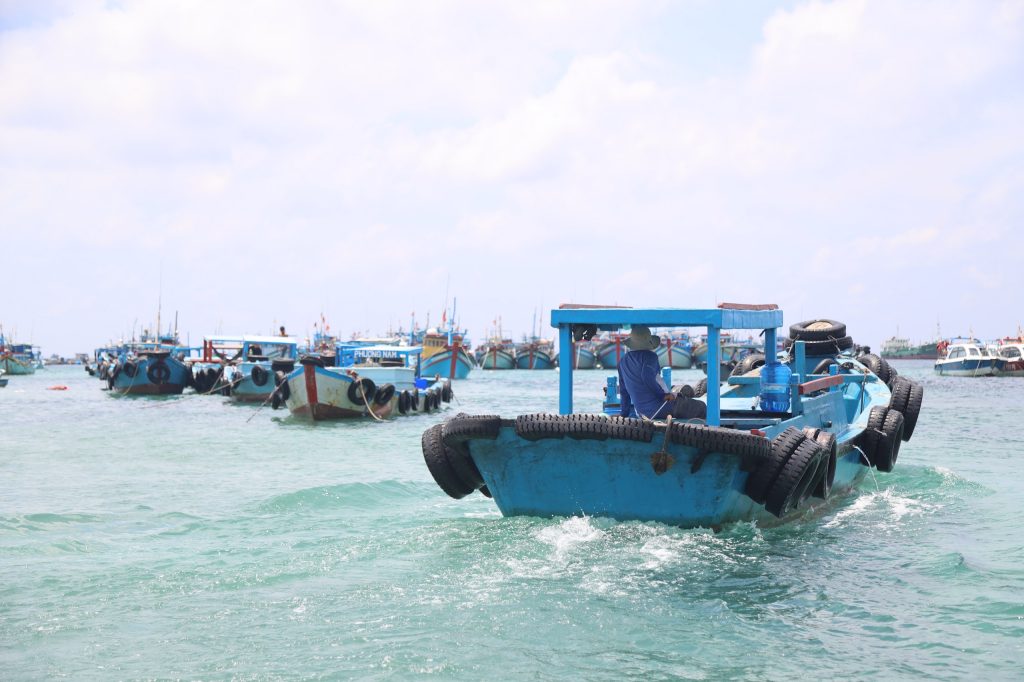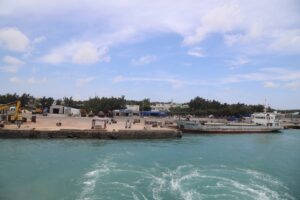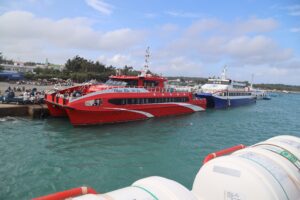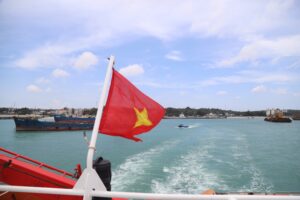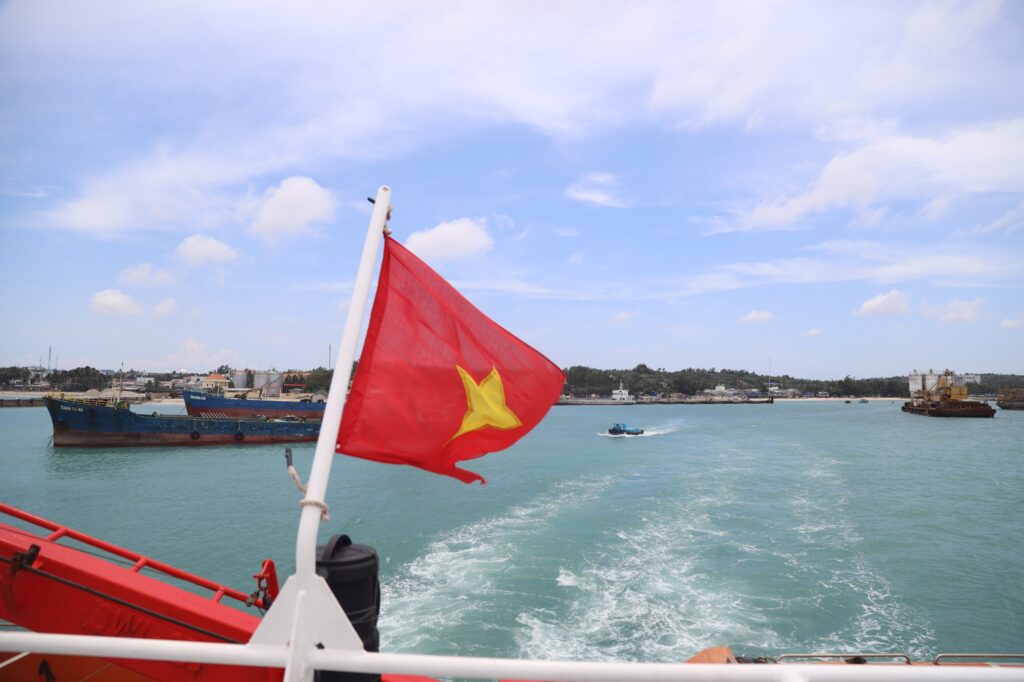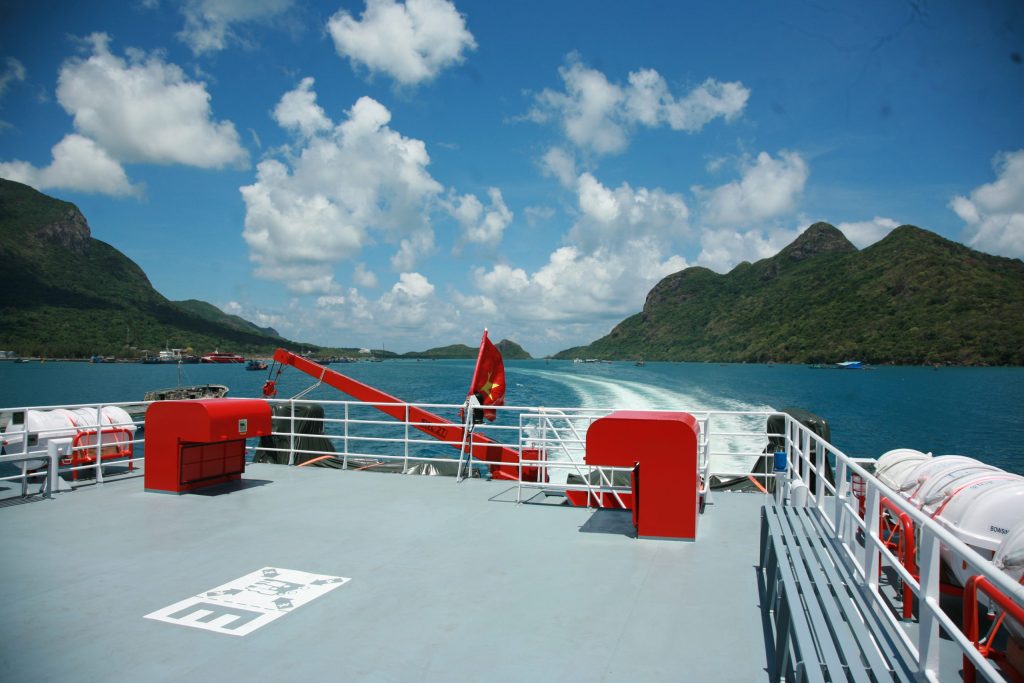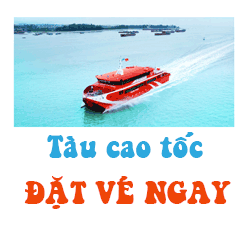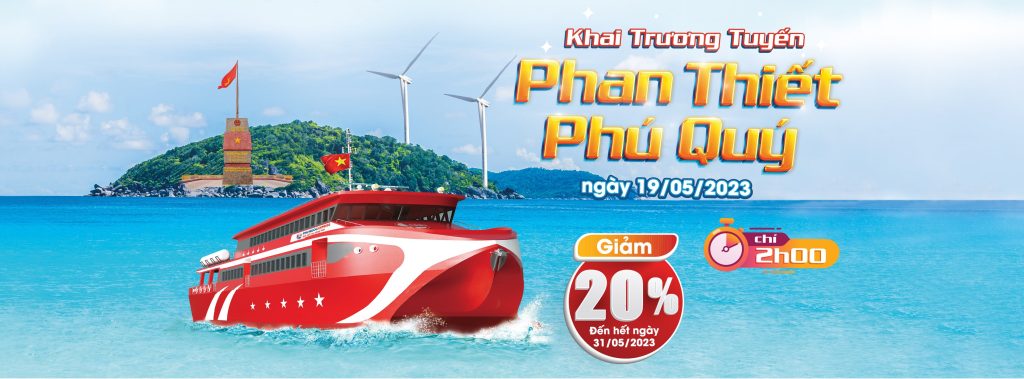The marine economy has been identified as the spearhead sector of the district, with concentrated investments in developing the capacity for fishing, processing, aquaculture, and protecting aquatic resources. The sea around Phú Quý boasts abundant and diverse seafood, particularly crab, squid, and various fish species—especially mackerel, which is found in large quantities.
The Phú Quý Island Marine Protected Area centers on Phú Quý Island and spans 18,980 hectares, including 16,680 hectares of marine area and 2,300 hectares of land area. The reserve is home to 70 terrestrial plant species, 72 types of seaweed, 134 species of hard coral, and 15 species of mollusks. A vast coral area lies offshore, with a flat reef up to 600 meters wide forming a lagoon covered with seagrass beds.
Phú Quý’s marine fauna is highly diverse, featuring many kinds of shellfish and valuable sea snails such as mother-of-pearl, hawksbill turtles, lobsters, king crabs, moon crabs, conches, marbled turban snails, and limpets. These colorful creatures are often crafted into high-value handicrafts. Among them, the king crab (cua huỳnh đế) is a sought-after delicacy on the mainland due to its freshness and affordability.
The island’s echinoderm species include starfish, black sea urchins, and various sea cucumbers such as sandfish, long sea cucumbers, black sea cucumbers, white sea cucumbers, grenade sea cucumbers, and breast-shaped sea cucumbers. Sea cucumbers have long been considered a premium seafood delicacy and are most abundant around the end of September, when the seawater is crystal clear.
Phú Quý’s expansive fishing grounds, located to the east and southeast, are among the richest in pelagic fish resources. The waters are home to large species such as tiger grouper, potato grouper, red snapper, threadfin bream, banana snapper, and red emperor fish. Squid is also plentiful, adding great value to the local marine economy. Mackerel in particular is found in exceptionally large quantities and is of high economic importance.
In addition to its marine animals, Phú Quý also boasts a rich and diverse marine plant ecosystem. Valuable algae species such as Sargassum (brown algae), Eucheuma, and Gracilaria grow abundantly. Sargassum thrives from October to November and is swept ashore in large quantities by early summer. Seaweeds—especially Eucheuma (spiny seaweed) and Gelidium (golden thread seaweed)—grow naturally along rocky outcrops and coral reefs around the island’s coastline. These nutrient-rich seaweeds are used to prepare food such as jelly, soups, and are also used in traditional medicine to promote urination and treat goiter. The harvest season for seaweed runs from April through the end of the eighth lunar month. Seaweed can be collected from the shore or by diving to depths of nearly one meter. Harvesting seaweed is a traditional occupation mainly carried out by women on the island. Eucheuma is the most popular with customers, but its quantity has declined in recent years.
Beneath the sea lies a dense coral ecosystem. Along the coast, hard corals and rock corals are common, while further offshore you can find water corals, soft corals, horn corals, blue corals, and red corals—known for their stunning colors and shapes. In their juvenile stages, these corals often resemble branches or deer antlers in milky white. As they grow, they cluster in layers to form large coral blocks that rise above the sea surface, forming coral islets.
Phú Quý is richly blessed by nature, offering stunning landscapes, a mild year-round climate, pristine beaches, coral reefs, black rock formations, and coastal cliffs. These features make it a highly attractive destination for nature-loving visitors. In addition, the island’s abundant marine biodiversity supports aquaculture in floating cages and sea fishing trips with locals—activities that are sure to delight visitors to this still-untouched island.
With its favorable geographic location, diverse topography and climate, and rich marine biodiversity, Phú Quý is well-positioned to sustainably develop its natural resources in a way that supports tourism, affirms national sovereignty, and ensures maritime security and defense.


